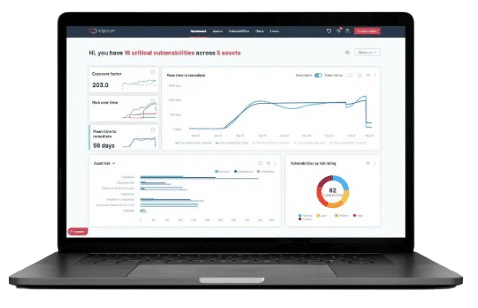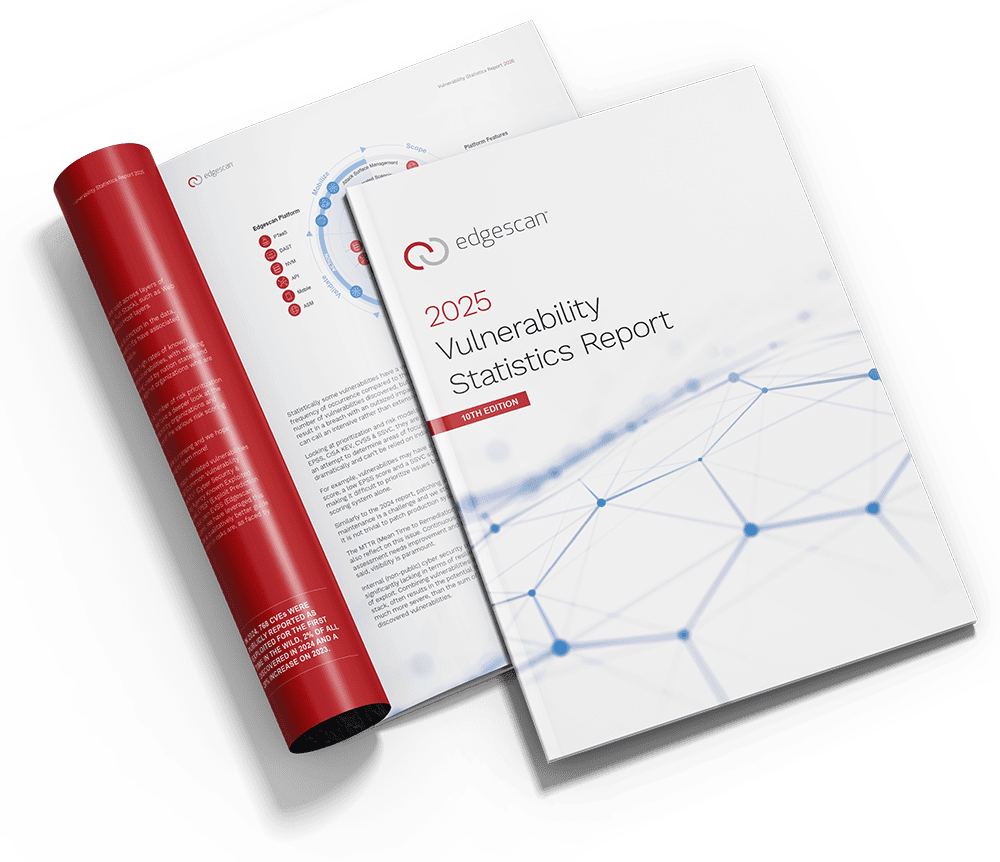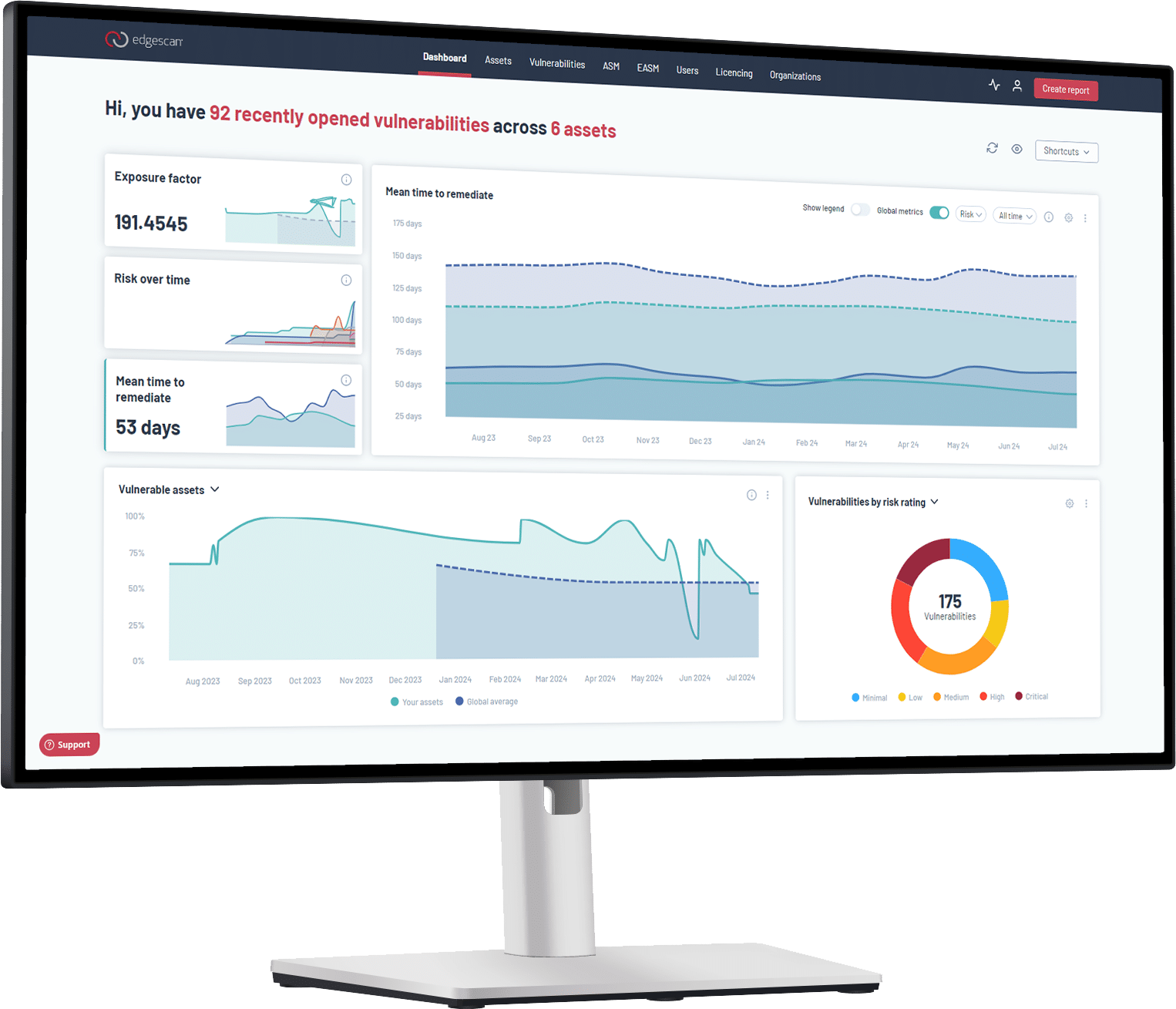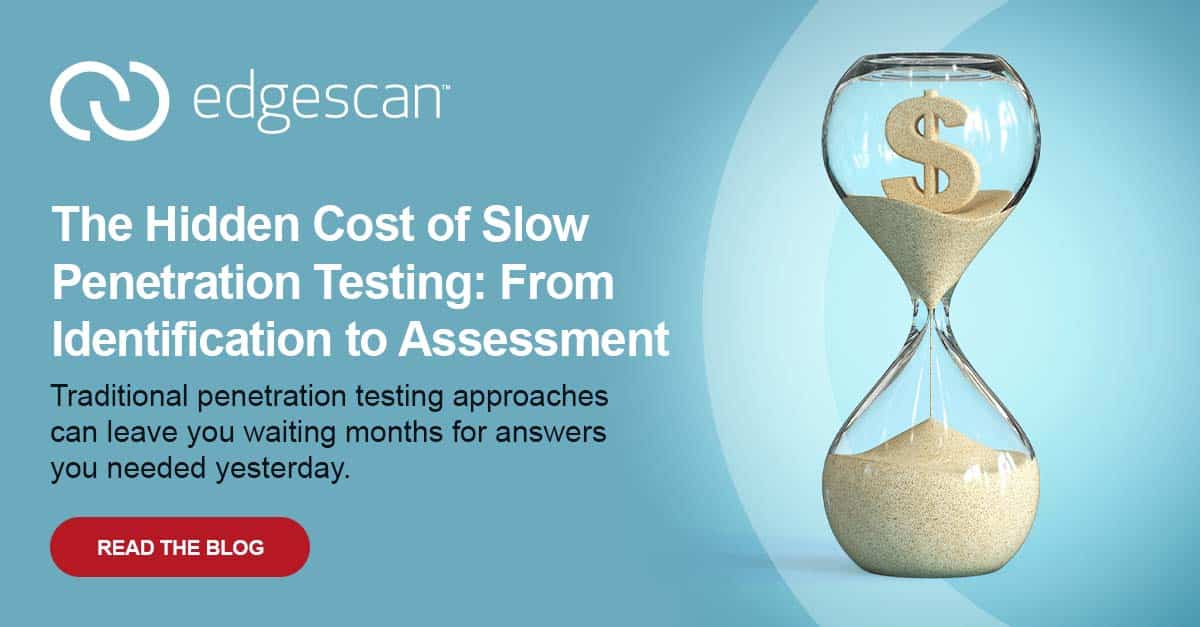You’ve just identified a critical application that needs penetration testing. Maybe it’s for compliance, maybe you’re launching a new product, or perhaps you’re in the middle of an acquisition. Whatever the reason, you need results fast. But here’s the reality: traditional penetration testing approaches can leave you waiting months for answers you needed yesterday.
The Traditional Penetration Testing Bottleneck
The conventional penetration testing process creates a frustrating timeline that can derail business-critical initiatives, particularly dangerous in today’s threat landscape where 40,009 new CVEs were published in 2024 alone, a record-breaking year for vulnerability discoveries.
Week 1-2: The Questionnaire Marathon
Your security team receives a detailed form requiring extensive application documentation. How many URLs? How many pages per subdomain? How many forms? What are the authentication workflows? This scoping exercise alone can take a week or more to complete accurately.
Week 3-4: Pricing and Approval
Because each application is scoped individually based on size and complexity, you’re now navigating internal approval processes for varying costs. A small application might cost X, while a larger one costs 3X. Each requires separate justification and sign-off.
Week 5-10: The Lead Time
Once approved, you join the queue. Most traditional penetration testing firms have lead times of 4-7 weeks for new clients. Your urgent need just became a future problem.
Week 11-14: Testing and Reporting
The actual penetration test takes about a month, followed by report generation and delivery.
By the time you receive results, you’re looking at 3-4 months from initial identification to actionable insights. In today’s fast-moving business environment, that timeline can be devastating.
When Speed Actually Matters
This delay isn’t just an inconvenience – it creates real business risks, especially given the current threat landscape:
Compliance Deadlines: “Oh no, we need our penetration test completed before the end of Q2” is a conversation happening in security offices worldwide. Regulatory requirements don’t wait for convenient testing schedules. With PCI DSS requiring quarterly scans and 32% of PCI failures being high or critical severity, delays can mean compliance violations.
Active Exploitation Timeline: According to our 2025 Vulnerability Statistics Report, 768 CVEs were publicly reported as exploited for the first time in 2024, a 20% increase from 2023. When vulnerabilities are being actively exploited in the wild, waiting months for assessment results isn’t just inefficient, it’s dangerous.
Merger and Acquisition Activities: When you’re acquiring a company or selling to a new enterprise client, security assessments are often prerequisites. Delays in testing can derail million-dollar deals or force unfavorable negotiating positions. Our data shows that organizations have an average Mean Time to Remediation (MTTR) of 74.3 days for high and critical application vulnerabilities, delays that can’t be absorbed into M&A timelines.
New Product Launches: Your development team has built something revolutionary, but it can’t go live until it’s been thoroughly tested. Every week of delay is lost revenue and competitive advantage. This is particularly critical when you consider that SQL injection still represents 28.28% of all critical and high severity vulnerabilities discovered, yet these are entirely preventable with proper testing.
Due Diligence Discoveries: We once helped a client avoid a costly mistake during an acquisition. They needed rapid testing of a target company’s infrastructure. Our assessment revealed serious vulnerabilities that saved them over a million dollars on the purchase price. That value only existed because we could deliver results quickly.
A Better Approach: The Enterprise Testing Model
Forward-thinking organizations are solving this problem through what we call “bucket allocation”, a fundamentally different approach to penetration testing at scale. The data supports this shift: our research shows that large enterprises maintain a vulnerability backlog where 45.4% of discovered vulnerabilities remain unpatched after 12 months, with 17.4% being high or critical severity. This backlog problem is directly related to the inability to test and remediate quickly.
Simplified Application Definition: Instead of complex scoping questionnaires, applications are defined simply: one root domain plus all subdomains, with one authentication workflow included. Clean, straightforward, predictable.
Flat-Rate Pricing: Every application costs the same, regardless of size or complexity. This eliminates the pricing delays and makes budgeting predictable.
Continuous Scanning Foundation: All applications start with ongoing vulnerability scanning licenses. This means when you need a penetration test, half the work is already done. We have current baseline assessments and understand your environment. Given that network/host vulnerabilities show an average MTTR of 54.8 days compared to 74.3 days for applications, this continuous approach significantly accelerates the overall process.
On-Demand Testing: When you identify the need for a penetration test, you simply allocate one from your pre-purchased bucket. Testing can begin within weeks instead of months, and results are delivered immediately upon completion.
The Organizational Control Advantage
Large organizations face an additional challenge: coordination across multiple teams and geographies. Development teams in different countries, security engineering groups across regions, and varying approval authorities create complexity that traditional testing models can’t handle efficiently.
The bucket approach solves this through intelligent tenancy management. Security leaders can allocate testing licenses to different teams at the beginning of the year. Marketing gets two tests, finance gets three, the European development team gets five. Each team can use their allocated tests when needed without going through lengthy approval processes.
Leaders maintain oversight through automated notifications: “Team Europe just used one of their five allocated tests on the new customer portal. Testing begins Monday, results expected by Friday.” This visibility enables better planning and ensures nothing falls through organizational cracks.
The Four Pillars of Successful Testing Programs
Every effective security testing program requires four elements: depth, visibility, accuracy, and scale. Traditional approaches force you to choose, you can have depth and accuracy, but it takes forever and doesn’t scale. Or you can have speed and scale, but sacrifice thoroughness.
The bucket model delivers all four simultaneously. You get the deep, manual assessment quality of traditional penetration testing with the speed and scale of automated solutions, all while maintaining complete visibility into your testing program across the enterprise.
This is particularly important given current vulnerability trends: across the full stack, 33% of discovered vulnerabilities are critical or high severity. However, the distribution varies significantly. While only 14.8% of web application and API vulnerabilities are critical or high severity, network and infrastructure vulnerabilities show 32.2% at these severity levels. This difference underscores why organizations need both continuous scanning and on-demand deep testing capabilities.
Moving Forward
The question isn’t whether your organization needs penetration testing, it’s whether you can afford to wait months for results when business needs arise. In a world where cyber threats evolve daily and business opportunities emerge weekly, your security testing approach should enable rapid response, not create bottlenecks.
Consider the current threat landscape: vulnerabilities with an EPSS score above 0.7 (indicating a 70%+ probability of exploitation) show an average MTTR of 115.7 days, while lower-probability vulnerabilities average 109.4 days. The difference is minimal, suggesting that organizations aren’t effectively prioritizing based on actual exploit risk. Meanwhile, 320 vulnerabilities were added to the CISA Known Exploited Vulnerabilities catalog in 2024 alone.
Consider this: if you discovered tomorrow that a critical application needed testing for a compliance audit next month, could your current approach deliver? If you’re planning an acquisition that requires security due diligence, can you get reliable results quickly enough to inform your negotiating position?
The cost of slow testing isn’t just time. It’s missed opportunities, compromised negotiations, and delayed innovations. In cybersecurity, speed and accuracy aren’t opposing forces; they’re both essential for success.
Want to learn more about implementing rapid penetration testing for your organization? Let’s discuss how this approach might work for your specific needs and timeline requirements.








